A comment from Josh Hawkins today brought this up. Josh is now a dad and living in Las Vegas, but back when I lived in Oak Park, Illinois, he was the manager of Oak Park Camera, which in those years was a lovely old-time camera store more or less around the corner from where I lived.
Josh mentioned that he might go look at a Leica M-Monochrom at CES, the International Consumer Electronics Show at the Las Vegas Convention and World Trade Center and several other locations in Las Vegas (halfway over—it's open today and tomorrow, if you find yourself in Vegas), except that it "seems like a pointless exercise in torturing myself."
I replied that the Sony A7RII is too expensive for me, so I'm obviously not in Leica's market space either.
That got me to thinking...what's the most expensive camera I've actually ever bought? Not counting lenses and accessories.
I believe for me it's a tie—this still makes me shudder, because I'm not rich enough to have bought either of these cameras once, never mind both of them, but I believe I paid $2,700 for the Sony A900 and about the same price for the Chamonix Whole-Plate 6.5 x 8.5-inch large format field view camera*, which I think is also the most exotic camera I've ever owned (unless you count actor Jack Lemmon's M6).
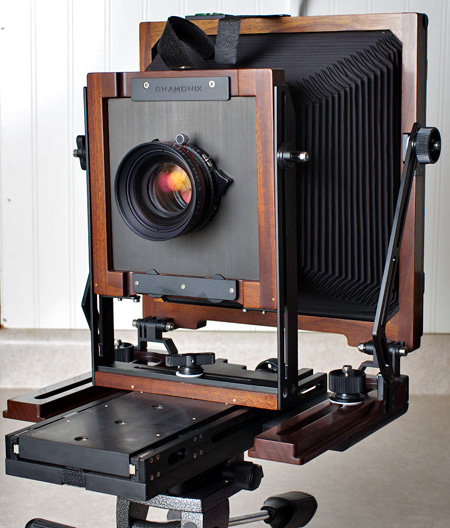
I think the Chamonix wins because shipping was $150 from China and the holders are not really accessories—they're essential, and go with the body. I don't know, would you large format folks count dedicated holders as part of the "camera body"? Anyway I bought three at $200 each.
Ironically, I used both cameras very little. That's the other half of the cost equation for a camera: part of the cost is how much cash you lay out for it, and the other half is how much use (and/or money) you get back out of it. You can make up the former with the latter, if you're diligent and chose wisely. The "cheapest" cameras I've bought this decade in terms of use-for-cost were the Panasonic GF1 and the Sony NEX-6.
What's the most you ever paid for a camera, do you remember? We won't judge you either way!**
Mike
[UPDATE: I'm wrong on both counts here. Forgot the Big Dragoon! I bought a Nikon D800 after it came out. Sold it at not too bad a loss so I don't think of it as a sunk cost. Can't remember the number but it was over $3k all in. Sorry for my poor memory! —MJ]
*This camera is still for sale, if you know anybody who might be interested. I can only ship to the US, though—my last prospective buyer was from the UK and the shipping cost turned out to be prohibitive.
**Do bear in mind that I ask commenters not to respond to other commenters unless they're being helpful—no criticisms of others, please! :-)
TOP takes Saturdays off. We'll be back on Sunday with a sweet guest article from Contributing Editor John Kennerdell. I'm still working on my Sigma 35mm Art review, which will be entertaining, and we'll have a nice landscape mini-portfolio next week as well.
Original contents copyright 2015 by Michael C. Johnston and/or the bylined author. All Rights Reserved. Links in this post may be to our affiliates; sales through affiliate links may benefit this site.
TOP's links!
(To see all the comments, click on the "Comments" link below.)
Featured Comments from:
Andrew C E: "My Nikon D810 is the the single most expensive thing I own, and that includes my car (which gets significantly less use than the D810). I think it was just shy of $4,000 CDN new after the sales taxes were included, and I haven't had a moment of buyer's remorse."
Mike replies: You, Sir, are a true Photo Dawg, and I say that as a salute.
KeithB: "My next one."
Michael Perini: "I bought a very early Canon 1Ds III in Nov 2007 when everyone was getting Full MAP (if you could get one) of $7,995 for the body. But it is still my main camera in 2016. I may or may not replace it with a 1Dx II which I hope will be cheaper."
JG: "A Contax 645 with a Phase One P30+ back and a slew of lenses. I refuse to add up what it cost me in total, but I did buy everything used at very attractive prices. And as it turned out, it was absolutely, completely the wrong camera for the type of photography I was doing with it. Live and learn, eh?"
Don Davis: "Kodak DCS620, not purchased 'personally,' but by the newspaper for me to use. Ran close to $10k. A couple of years later, the aperture return lever failed. If it had been an F5, the repair would have been about $400 (including complete cleaning/tune up by NPS). Since it had to be returned to Big Yaller, it was $3,800, since they plugged a new Nikon body into the computer. Paper reluctantly paid, then we traded the thing...got $2,200!"
mike plews (partial comment): "If you consider camera cost in terms of percentage of net worth than the hands-down winner would be the Honeywell Pentax H1a I bought in high school for $169.50 which took me a year to pay off."
John: "It's probably the 1D X I bought last year, even though I bought it off eBay at around $4,000. That purchase pales in comparison to the big white Canon tele I bought a few months later, though. But the most painful purchase ever was a Rollei 6008i on eBay on which I lost a lot of money selling it because Rollei dropped its new price by $1,000 during the short time I owned my used one. I tend to think in overall ownership cost and actual use of the gear. Price is only part of the equation."
Walter Glover: "For me, the high point of price was back in the 1990s when I purchased a brand new Sinar P2 which was $12,500 AUD. No holders, no accessories. No extras. I do not know what the exchange rate was back then but in today's money that would be $8,300 US. And didn't that camera earn its keep over the years. Fascinating to see them going for less than two grand on Ebay today."
Richard: "I paid $1,500 for a Canon 10D. Only a month after that, the 20D was announced."
Ian Land: "Mine is also a Chamonix—an 8x10, with three film holders, and a 4x5 reducing back. I bought it a couple of years ago when I sold my house. I'd always dreamed of shooting 8x10, even though I was a bit worried it would be too heavy to hike with (I'd regularly hiked with a 4x5, but that's like hiking with a compact camera compared to 8x10). I've almost never bought a camera new, but I felt this was a big moment, and deserving of something pristine.
"I had to wait around two months for the camera to arrive, and then another few weeks before I had a chance to use it. It was not immediate love; I struggled with development and didn't like any of my initial images. I started to think I'd made a mistake. But then I worked out a tray development method which gave me consistent results, and noticed, as I used the camera more often, that it became more and more the camera I wanted to use, despite the size, the cost of film, and the general inconvenience. Now I get to use it once a month or so, and those days always seem to be the shooting days I most enjoy. I took it out last week and discovered the Copal shutter on my only shuttered lens for 8x10 is broken. I won't be happy until it's fixed and I can use it again."
Doug: "I'm not rich, I'm an average retired guy who's not afraid to spend money on my hobbies. I contend, after 50 years in the motorcycle hobby, that photography is inexpensive. Go visit a Harley shop and see what $3,000 buys you. Hint: Chrome for your $25,000 Hog. And that Harley will depreciate more in the first year than the entire cost of a new D810. People buy Harleys every day, buy Jeeps, jet skis, or even golf clubs, that cost much more than a fine camera."
Mike replies: Thanks for that. That actually made me feel better.
Josh Hawkins: "My biggest purchase, by almost every measure, was my Nikon D1h. A good but not great camera at the time. I can't remember the totals, but camera alone was about $4k, and another $4 or 5k on lenses and accessories. All at employee discount pricing. Took me about three or four years to pay off. Also got me from a job in photo retail, good job but not the right career for me, to a good career in photojournalism. A career I greatly enjoy and enjoy the benefits of to this day. I'd call that a worthwhile investment. And if you want to buy it, I believe it's currently covered in dust on the top shelf of my kids' closet."
Bill Wheeler: "My most expensive camera was a used Leica M7 and 35mm Summicron lens kit. I don't recall how much I paid for it or sold it for a year later. I did worry about leaving it behind somewhere or banging it against something. My fear of damaging this expensive camera ruined the whole experience of owning it and using for me. I know, I know: it's me and not the camera. Honestly, I was glad to sell the Leica and to replace it with a cheap used Nikon SLR. No regrets."
Sal Santamaura: "That's such an easy question, Mike. Here's my answer. A decade ago, when I was still an aerospace engineer pulling down fairly substantial bucks, it took months of deliberation before overcoming my inherent cheapness to buy that camera. Back then, it cost 'only' 73% of Ebony's current price. However, a dozen Lotus holders increased my total expenditure to 1.7 times the camera's 'base' price.
"Today, retired and on a fixed income, deliberations center more on how many boxes of 6-1/2 x 8-1/2 Delta 100 to buy during Ilford's annual special sizes order period. :-) "
Eolake: "Funny enough far from the most advanced. It was that Canon (10D?) which revolutionized the field just around the millennium by giving three megapixels for a much lower price than anything before. I bought it with a good zoom for hmm...about six grand in dollars, and paid cash. Created a bit of a stir in the shop."
Jim: "About a decade ago, a friend of mine bought a 4x5 for just north of $5k for the body alone. Probably paid twice that for the lenses etc. He used it only a couple of times. Today you can buy that body for $800. That's the bad news. The good news: he's decided to give it to me."
Herman: "If you relate the cost of a camera to your income, my most expensive camera was a Kodak Bantam that cost $14. I bought it in 1941 when I earned about $0.25 an hour working part-time after school."
Mike replies: Herman's website is always a fun and rewarding visit.
Jack: "Leica S2 when introduced for over $24,000 so that's easily the most expensive camera I have ever purchased. Cost per image taken was pretty low. Cost in relation to income produced was very low, as it paid for itself many times. Of course then I put the winnings into a Leica S (007)."
Mike adds: Friend Jack is a retired businessman who put his business acumen to work with his photography, and makes more money with photography than all but a handful of full-time pros I've known. Nice feller, too!
tex andrews: "Pentax 645Z, late May or early summer of 2014, one of the first available cameras on the east coast of the US—and this after having bought an A7R in January. Sheesh. Traded in a ton of gear, really stripped things down, including some beloved stuff, to get the price down to $5,500.00. I have used it a ton, the A7R much, much less. I also already had a nice core group of lenses for the Z, and was able to quickly score a bunch at ridiculously low prices, such that I am now better equipped with it than I have ever been with any other camera. So, in terms of overall cost, it was all a really good deal, probably more cost effective than many other routes, in terms of (big!) bang for the buck. And to top it off: It's kind of made me GAS-proof (with the exception of something truly small, like the RX1RII). It's not like I can top it at this time, IQ-wise, for anything I could conceivably reach without the Powerball win. I could happily use this camera until it breaks and never look over my shoulder."
Techfan: "As a teenager in the 1950s I worked as a caddie at the local public golf course to save the cash to buy a Leica M2 with a Summicron lens. It cost $600 used and I brought it at Grand Central Camera in NY. When my parents found out how much it cost they went ballistic. I just could not disappoint my mother and hard-working father so back it went. Enjoyed the camera for the 15 minutes I had it. What a wonderful masterpiece of craftsmanship!"
Mike replies: That's a tragic tale. :-) I notice that the current price of a used M2 body is right around $600 (considerably cheaper than the going price back in the '90s). Then again, $600 in 1955 adjusted for inflation is $5,313 now...which is more than the cost of a new silver MP at $4,395. I don't keep up with Leicas any more, but I wonder what the main differences between the M2 and MP are?
Robert Billings: "Nikon D3X, purchased used last year from KEH for $3,300.00. I use it professionally and as I'm nearing retirement it will be my last camera (yeah right!). My son calls it an elegant sledgehammer. I should have bought it sooner and paid more. It's that good!"
Ernest J. Zarate (partial comment): "Wish I could remember the exact dollar amount spent on these cameras/lenses, but, unfortunately, I suffer from a rare syndrome known as photographus dollarus amnesia that blocks out such details. However, I am most certain that the most expensive cameras I've ever owned (and used extensively) are, chronologically: 1) Leica M6 with 35mm Summicron; 2) Mamiya 6 with 50mm ƒ/4 lens (after I read Mike's glowing review of the camera, I could not resist—one touch, and I was sold!); and 3) Canon 5D Mark II with 24–105mm L lens...I never look back (part of the PD amnesia syndrome), always enjoyed the camera I was using tremendously."
Randall Teasley: "Mine would have to be the Nikon D2X purchased at $5,000 in 2005. I've since upgraded to the D800E but the faithful D2X still sees yeoman duty attached to a copy stand. At base ISO the files from this camera are still just dreamy wonderful."
Mike replies: Repurposing! Another good way to get more back out of a purchase. Thanks for the reminder.
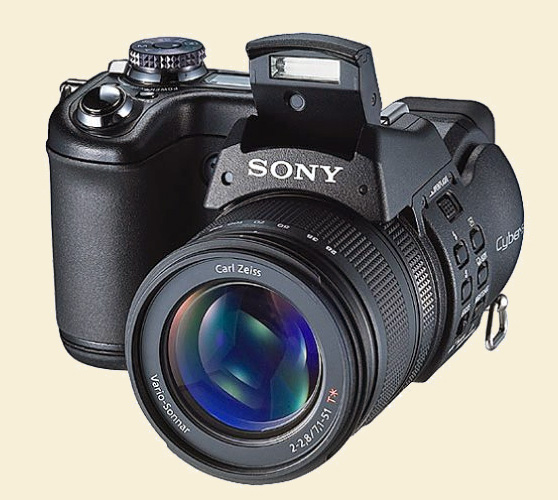

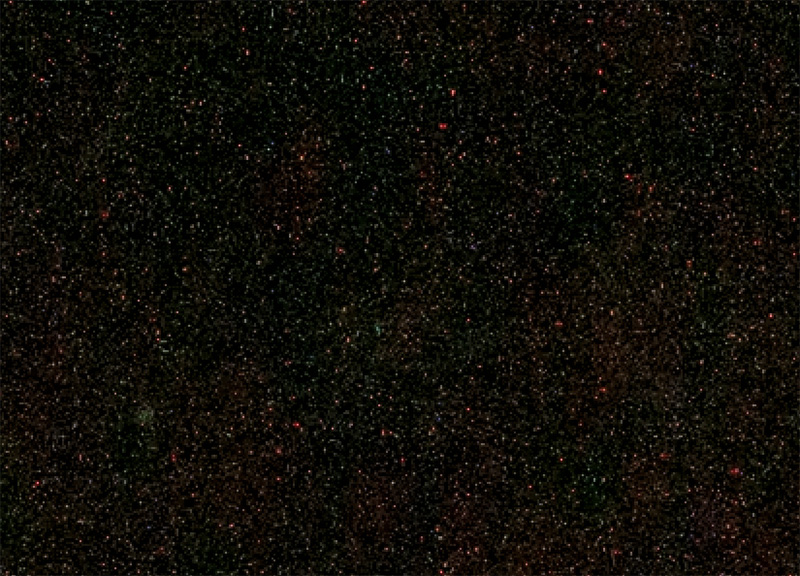
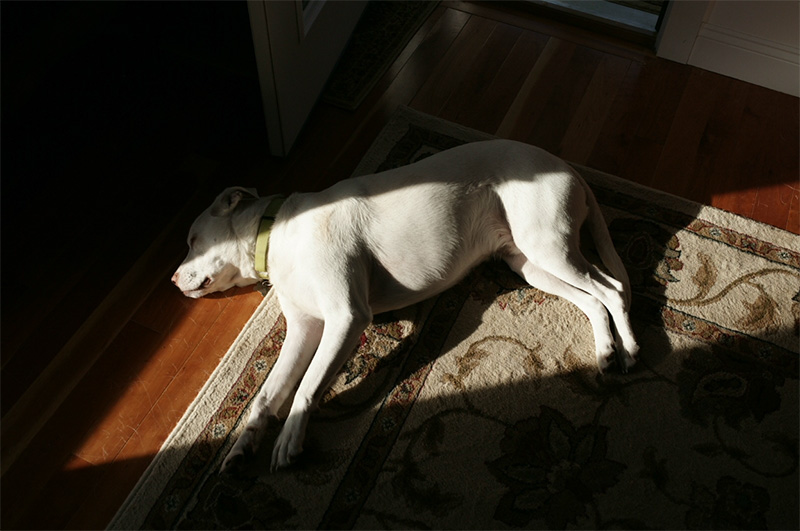
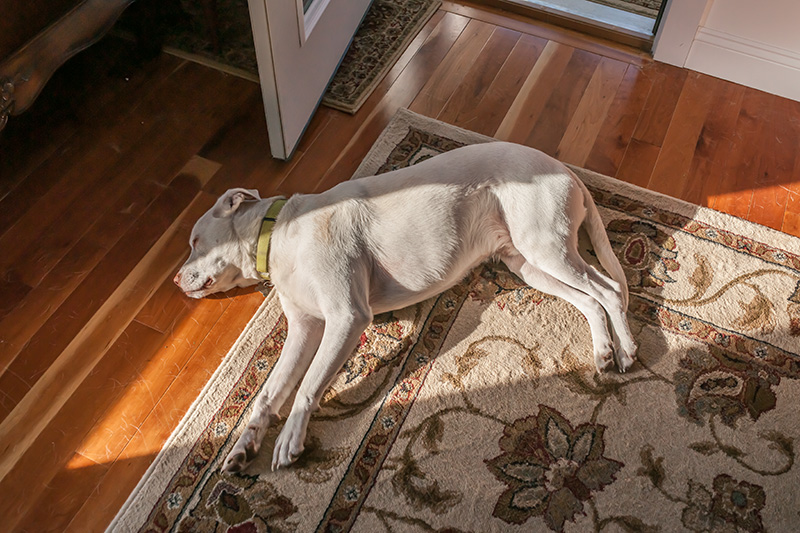
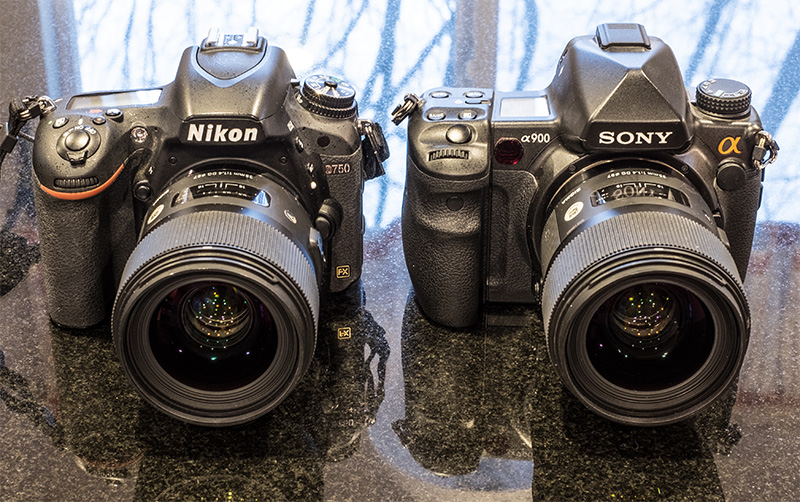
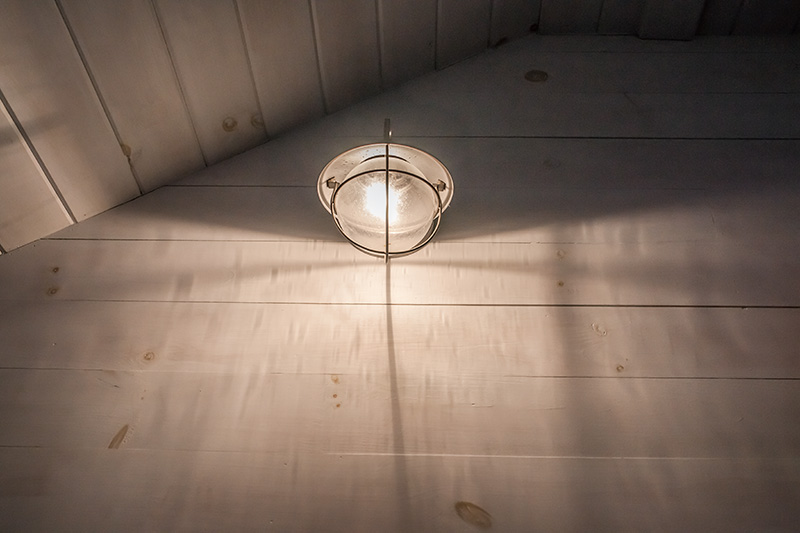
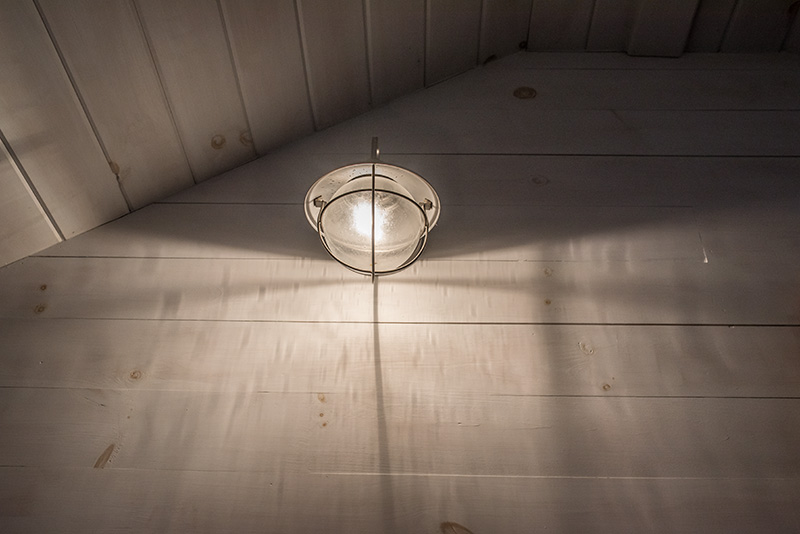
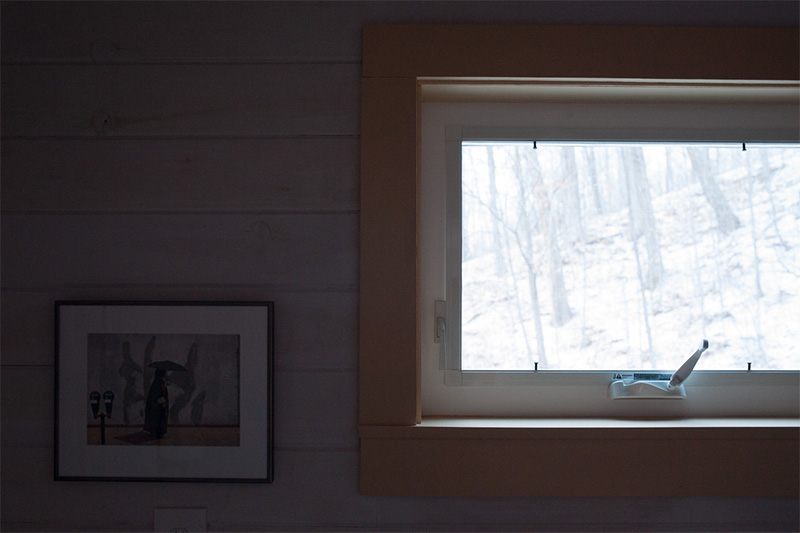
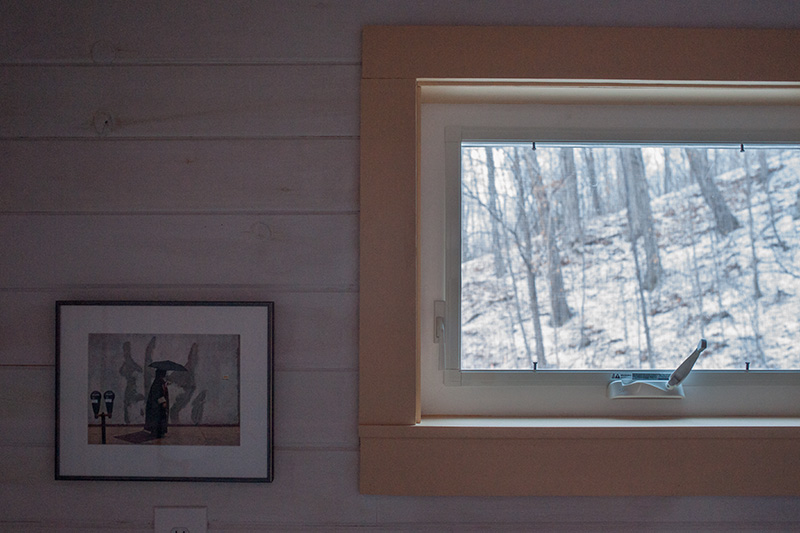
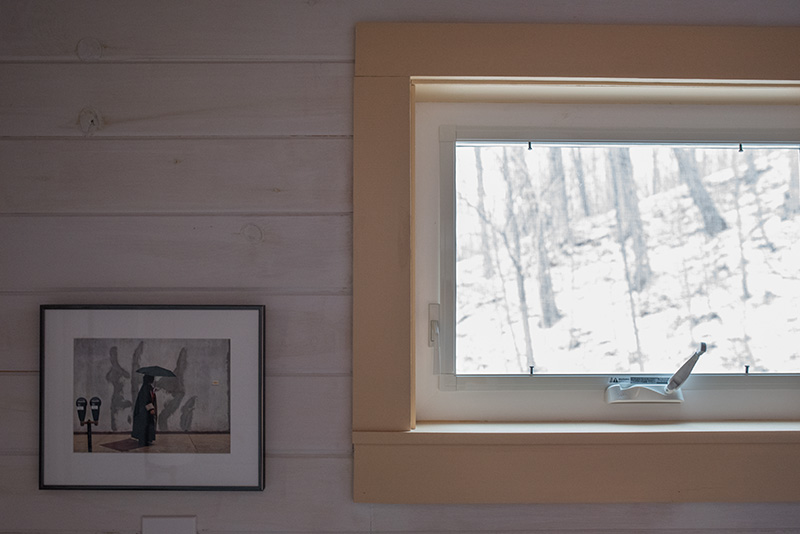
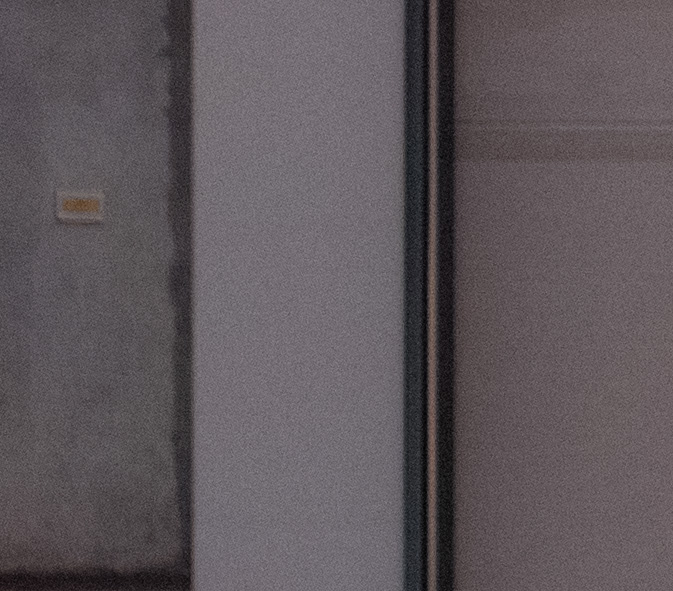
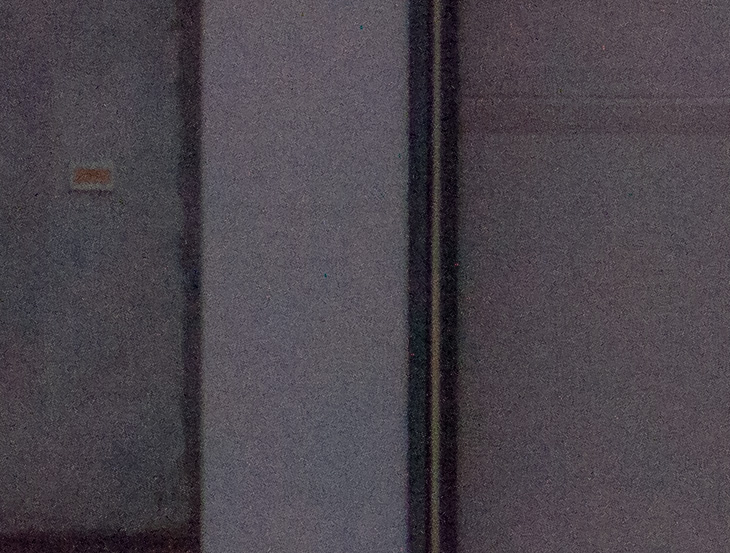
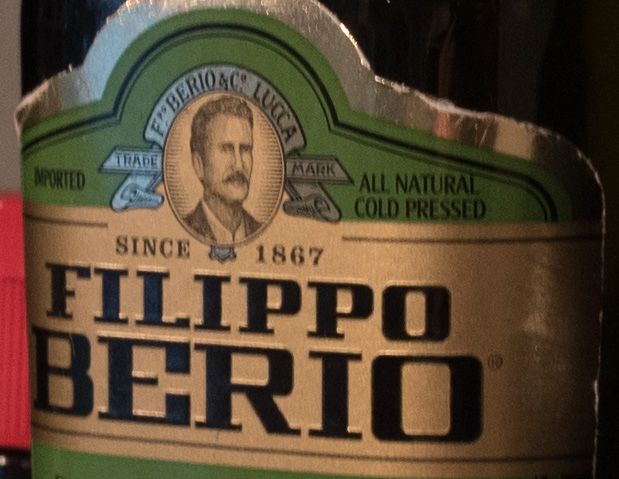
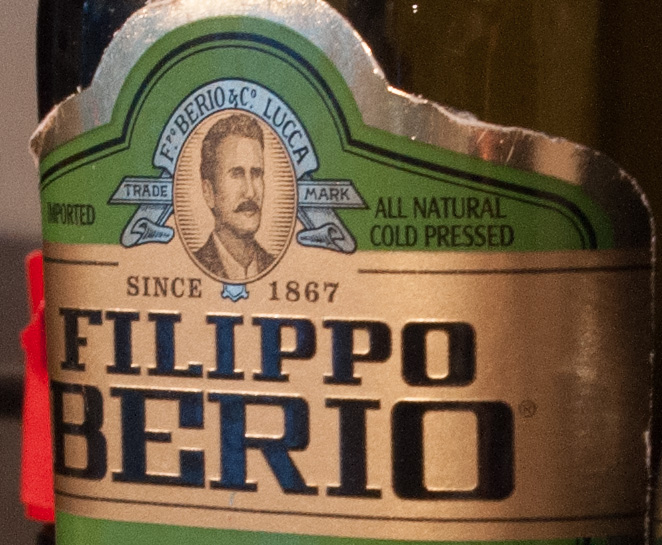
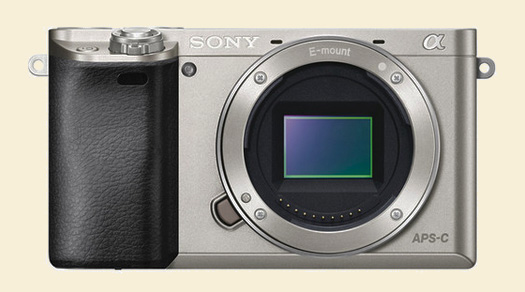
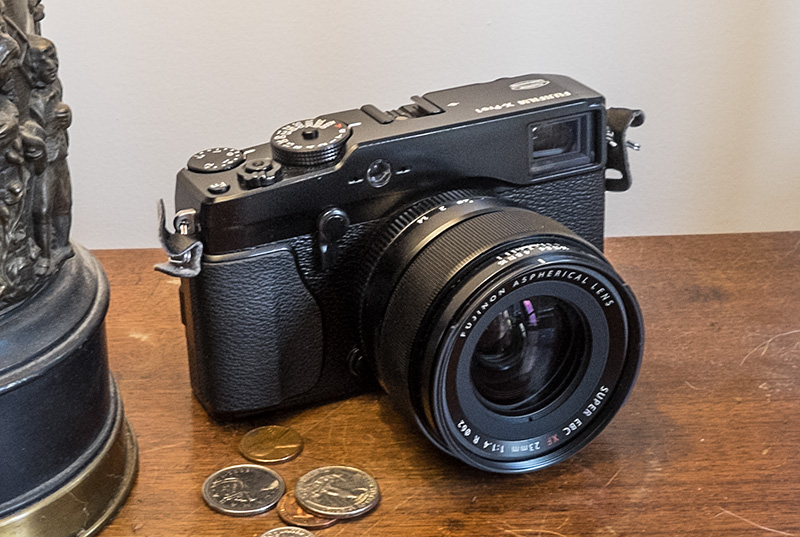
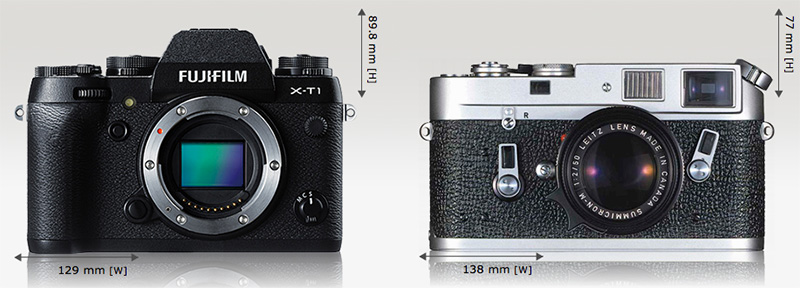
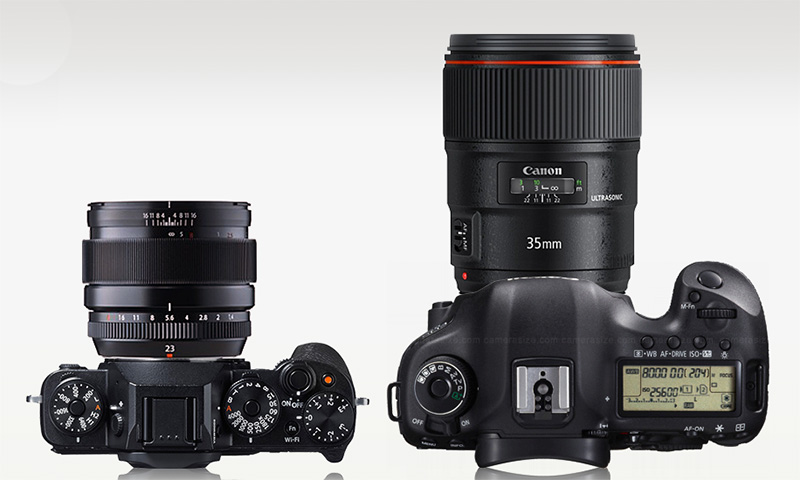
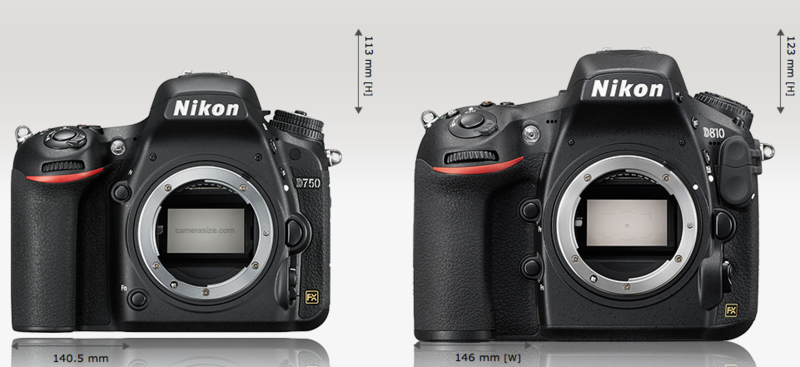
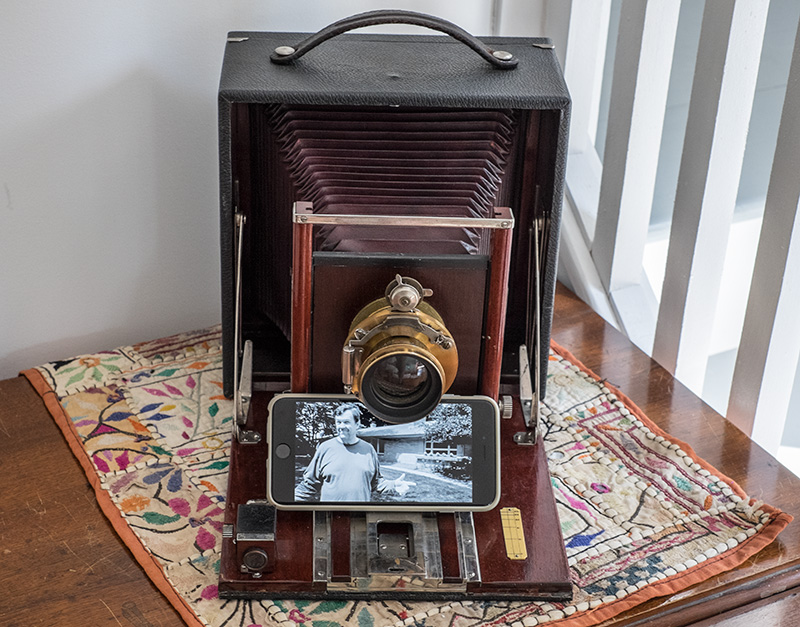
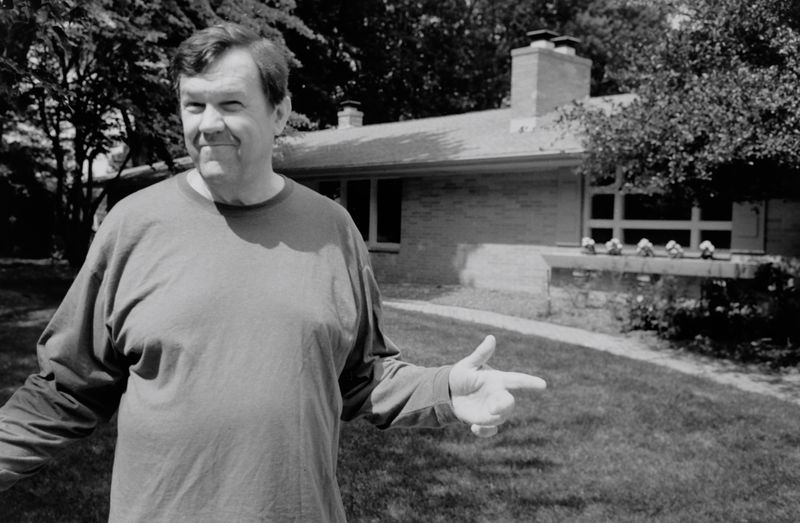
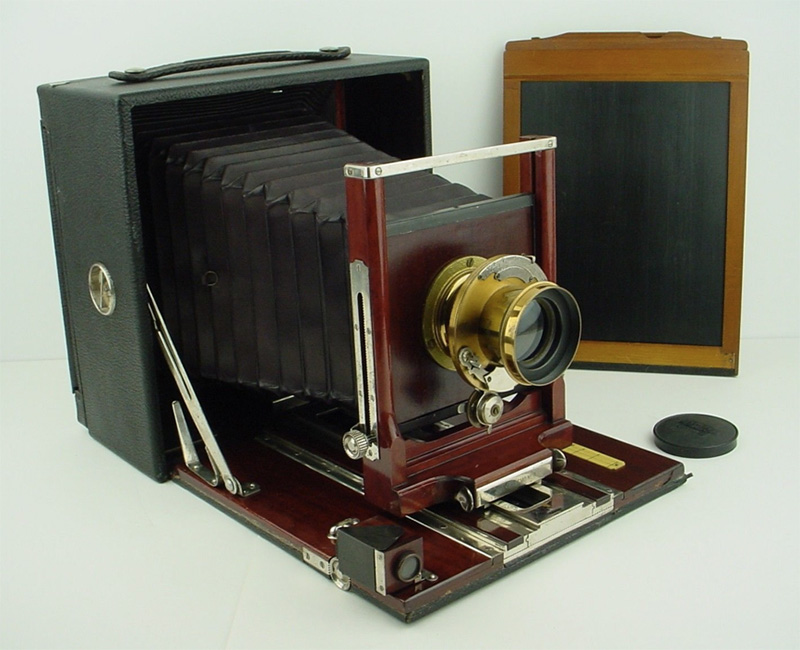
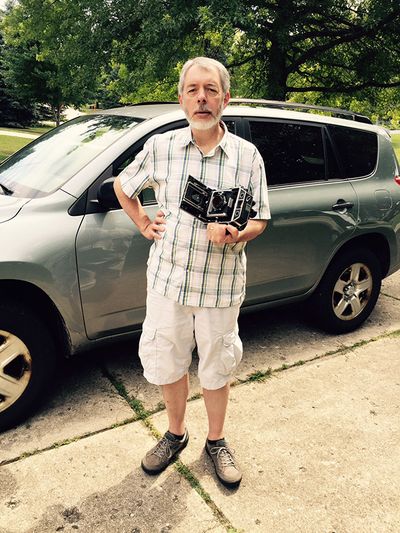
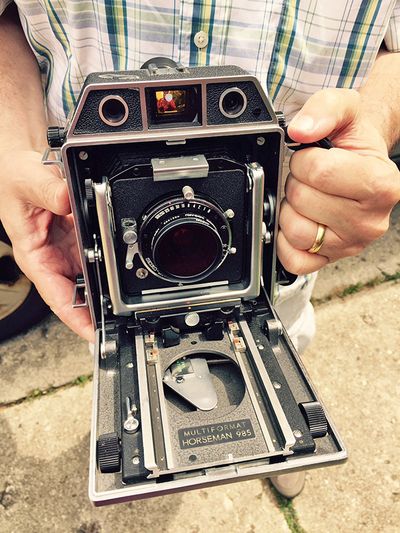
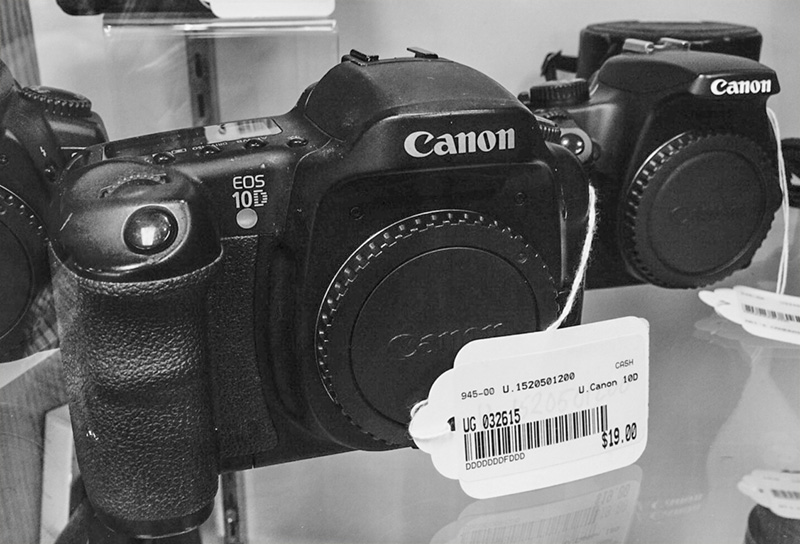
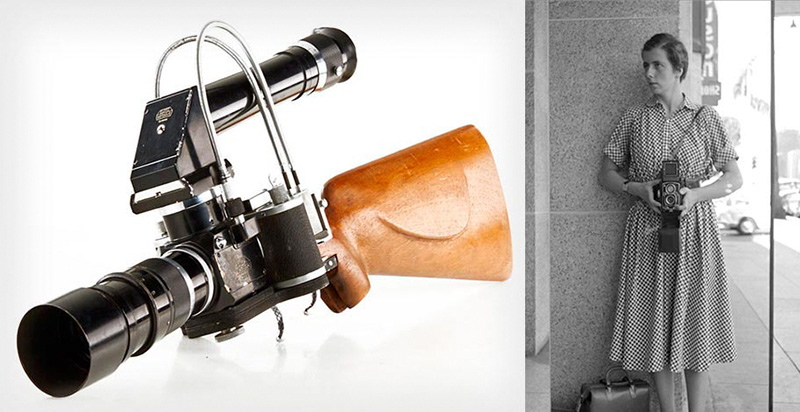
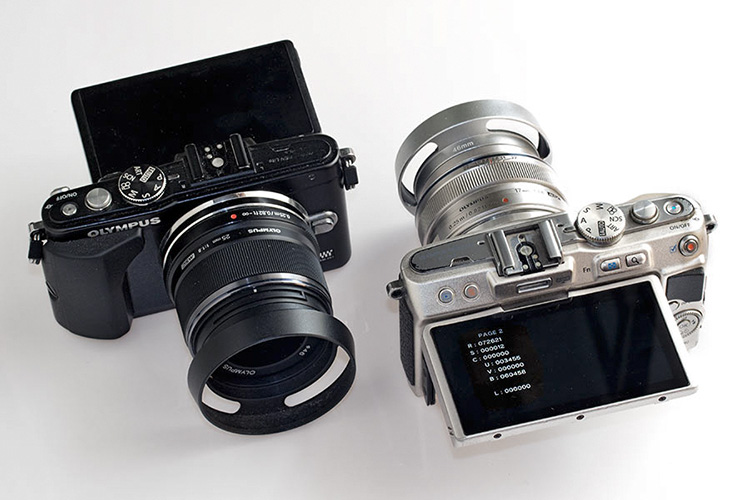

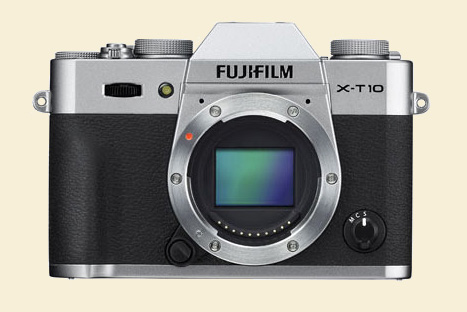
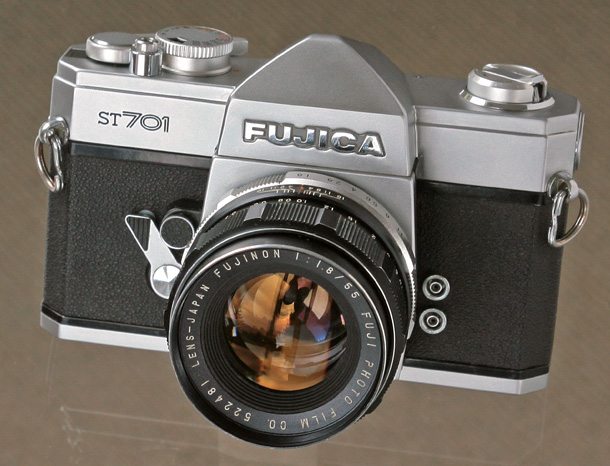
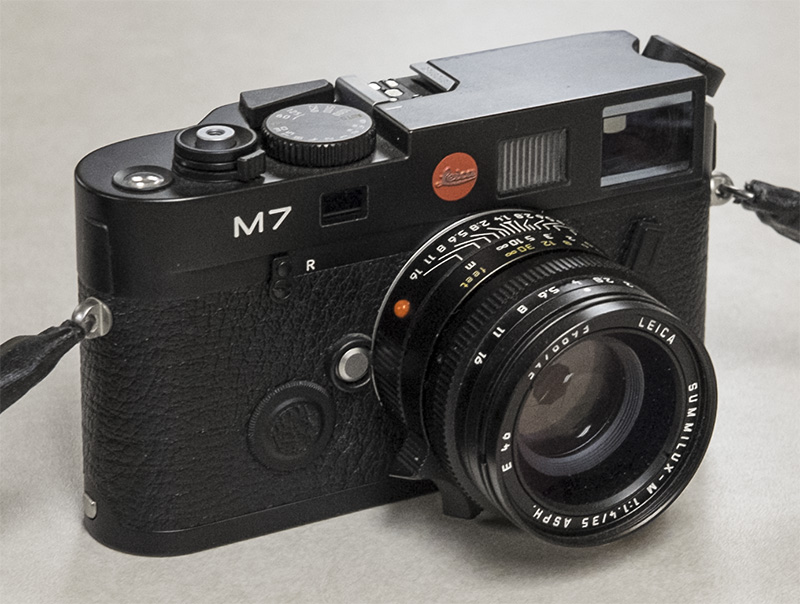
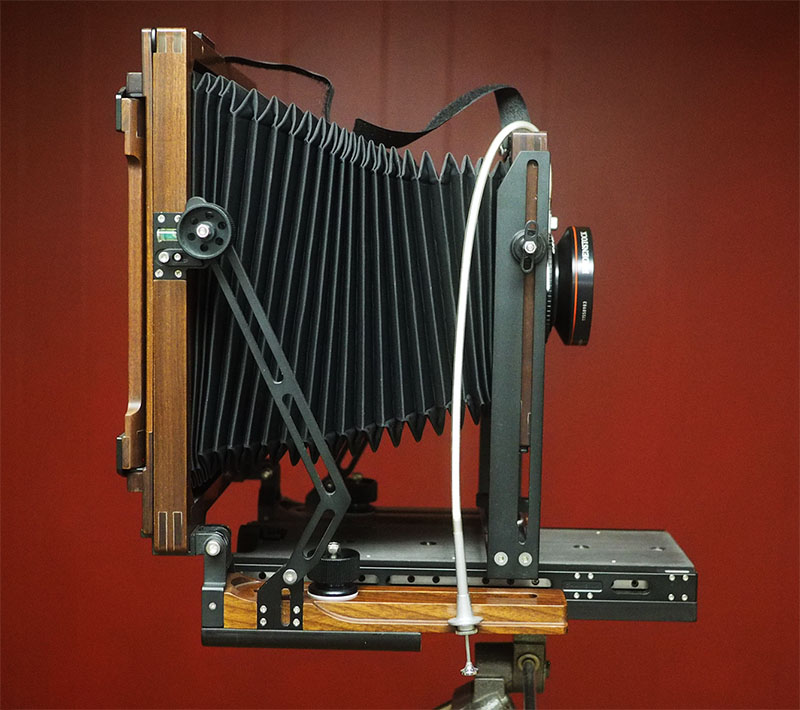
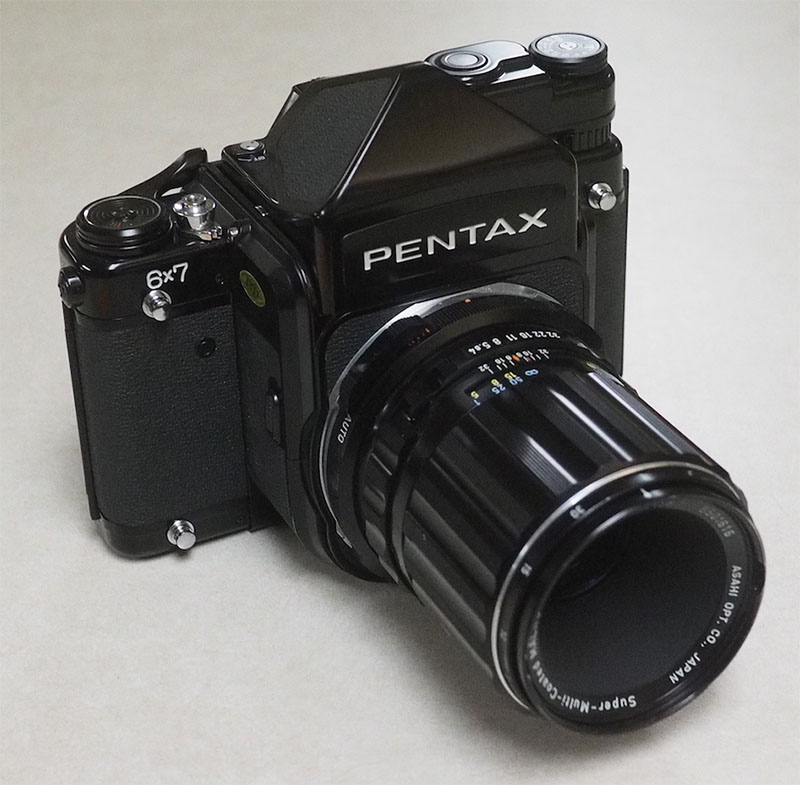
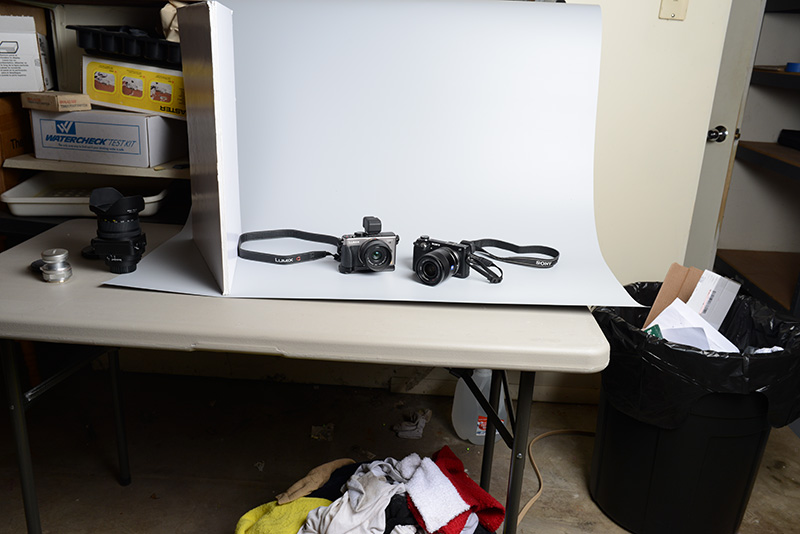
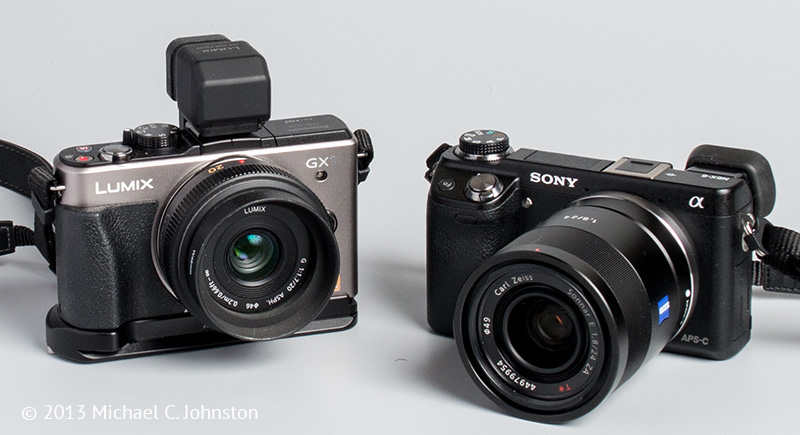



"For what it's worth, it's the A6000 that encouraged me to give my FF and APS-C Canon DSLRs the boot. My neck and back have never been happier. My clients can't believe how sharp/good my images are coming out of such a small camera (the A6000)."
Eamon Hickey: "I bought one when it hit $398 last week. I reviewed it (very positively) last year, and it is indeed an impressive camera—not perfect, and not, for me, an object of love, but really, really functional.
"I was marveling yesterday at just how much function you get for $400 in the year 2015 CE, so I did some very quick, very dirty calculations to see how it compares with, say, 50 years ago. Based on the dollar's inflation since 1965 (about 750%) and the yen's appreciation against the dollar over the same period (about 300%) this camera would have cost about $18 in 1965.
"To put that in perspective, consider the Pentax Spotmatic, a popular mid-level SLR. In 1965, a Pentax Spotmatic with a 50mm lens was roughly $250. Using my dirty math, that Spotmatic would be about $3500 today."
"My conclusion: we photographers are getting a lot for our money these days."